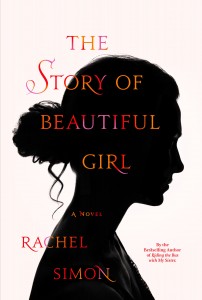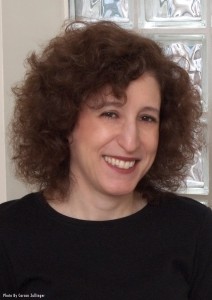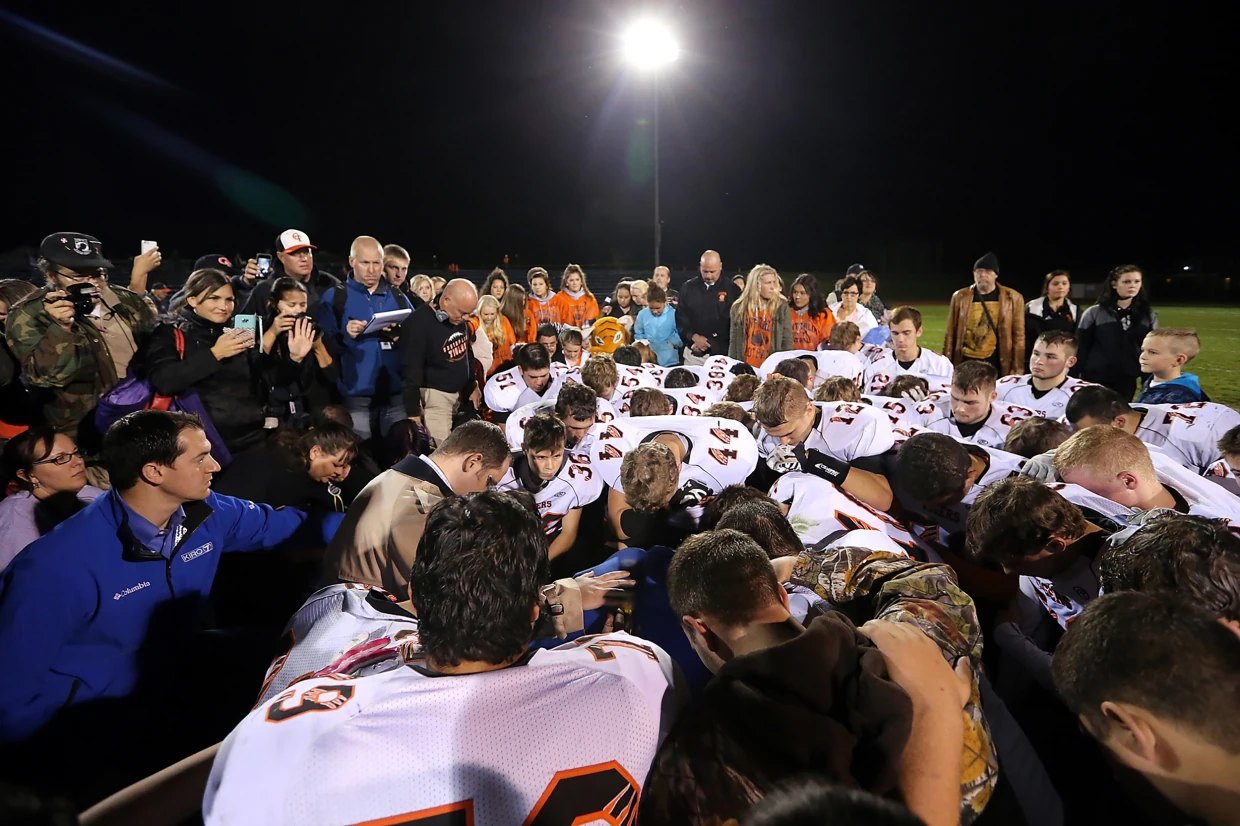May 31, 2011
Religion in a novel can be a turn-off or a gift to the reader depending on the writer’s approach. Author Rachel Simon, in her latest book, practically delivers a primer on how to artfully and provocatively incorporate religion into fiction.
Religion is a natural presence in The Story of Beautiful Girl, a novel about an intellectually disabled woman and her boyfriend, who is deaf. They meet in a state institution. Simon, the author of six books, shows faith’s presence – the good as well as the bad – in her characters’ lives. Read on to see excerpts from Simon’s conversation with me about the role that spirituality plays in her writing.
Some background about The Story of Beautiful Girl: The novel’s main female character, Lynnie, is Jewish, and somewhat modeled after Beth, the author’s sister and focus of Simon’s 2002 memoir, Riding on the Bus with My Sister. The main male character, Homan, is Christian. The book, released May 4, recently made The New York Times bestselling list for hardcover fiction.
Here are excerpts from my phone interview with Simon:
Q: Throughout the book, there are brief mentions of Lynnie’s religion – Judaism. Perhaps the biggest mention is when she visits her parents and sister for Passover. It’s as if Lynnie were a young child experiencing the rituals of Passover for the first time. She is frustrated and confused. What was the inspiration for this scene?
A: “There’s no reality there. It’s imagining. There are a few threads to that. One is the religious aspect of the whole book, and the other is that particular scene.
“I have a friend, Susan Hamovitch, who’s Jewish and whose brother was put in an institution. And she made a documentary called Without Apology. In the film, one of the things she talked about was when her parents would bring her to visit her brother they would go to picnic in woods. They wouldn’t go in public. They would only go in private. Was that about shame? What was that about?
“So when Lynnie’s parents come back into her life after she’s been in an institution for a long time, I could easily imagine them doing what Susan’s parents did…
“Lynnie is going through the book wondering if there is a God, how does she feel about God, how does she pray to God? She’s friends with Kate who is Catholic. Kate has a name for God, and Lynnie decides she can’t pray to God because her God doesn’t have a name. That’s the kind of logic my sister has.
“I really wanted her to be in my favorite Jewish holiday. I love Seders. I wanted her to experience that. And I thought realistically, ‘How would she experience that?’ It was also important for me to bring in Passover and Passover is a celebration of freedom and Lynnie has led her life not being free.”
Q: Talk about the book’s overall religious aspect.
A: “In my life experiences, I’ve seen that there are two recurring taboos. One is sexuality, and the other is spirituality. There seems to be just a general belief that people with disabilities don’t think about God or don’t have a spiritual journey rather than that they might experience questioning, wondering, groping, rejecting like everyone else does. I know from my sister and her boyfriend that they do. …
“Spirituality is so much a part of the disability experience. Sometimes, that has nothing to do with the individuals or those families. One of the things that happens all the time is people saying, ‘Oh, they are God’s true angels.’ I say, ‘No, no, my sister might laugh or steal or be annoying. She can be just as wicked as anyone else. Why put her on that pedestal?’
“There are all of these layers of religion and god in all of this, and plus, people in families with disabilities may be disconnected from their faith community. That person cries out in a service so maybe we can’t have them in houses of worship. It was just really important that each character had a spiritual journey or spiritual questioning.”
Q: Sam, a minor character, is physically disabled and must use a wheelchair. He surfaces at a revival meeting as a reluctant participant slated to be healed. Why include this episode?
A: “I really wanted to do that because it’s tying in with religion that a miracle will come and help the lame walk and the blind see. I know people who use wheelchairs who don’t want to be cured. The disability rights movement is very against that. There should proper support for people to live the way they are.”
Q: Simon tells me that she had only a few years of Hebrew school and grew up in a family where Judaism was not a strong presence. What role does faith play now in your life?
A: “I feel much more spiritual on my own. To me, spiritual connection always came through writing. I started writing when I was 7. That was my direct line to God. I had this image when I was a child that that was my bargain with God. God gave me life so I would write.”







Pingback: Rachel Simon Author of The Story of Beautiful Girl and Riding The Bus With My Sister :: Blog » Blog Archive » My Silly, Salty, One-Of-A-Kind Celebration For Becoming A New York Times Bestseller
I have this novel at my bedside just waiting to be called. I will just have to pick it up. Thank you for posting the interveiw. Sounds wonderful.
You’re welcome. Story of Beautiful Girl is a terrific read that gives insight on the lives of people with disabilities.